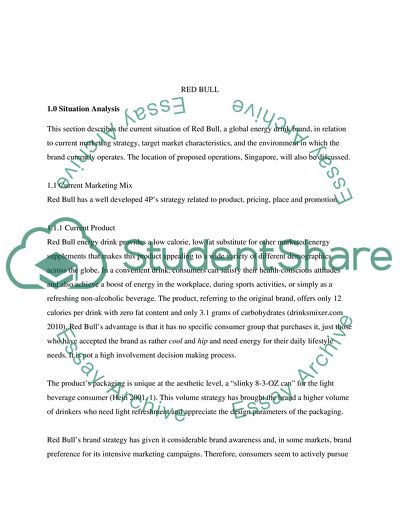Cite this document
(Target Market: Red Bull Dissertation Example | Topics and Well Written Essays - 3000 words, n.d.)
Target Market: Red Bull Dissertation Example | Topics and Well Written Essays - 3000 words. Retrieved from https://studentshare.org/marketing/1740739-situation-analysistarget-market-identification-report-and-collage-marketing-100
Target Market: Red Bull Dissertation Example | Topics and Well Written Essays - 3000 words. Retrieved from https://studentshare.org/marketing/1740739-situation-analysistarget-market-identification-report-and-collage-marketing-100
(Target Market: Red Bull Dissertation Example | Topics and Well Written Essays - 3000 Words)
Target Market: Red Bull Dissertation Example | Topics and Well Written Essays - 3000 Words. https://studentshare.org/marketing/1740739-situation-analysistarget-market-identification-report-and-collage-marketing-100.
Target Market: Red Bull Dissertation Example | Topics and Well Written Essays - 3000 Words. https://studentshare.org/marketing/1740739-situation-analysistarget-market-identification-report-and-collage-marketing-100.
“Target Market: Red Bull Dissertation Example | Topics and Well Written Essays - 3000 Words”, n.d. https://studentshare.org/marketing/1740739-situation-analysistarget-market-identification-report-and-collage-marketing-100.


